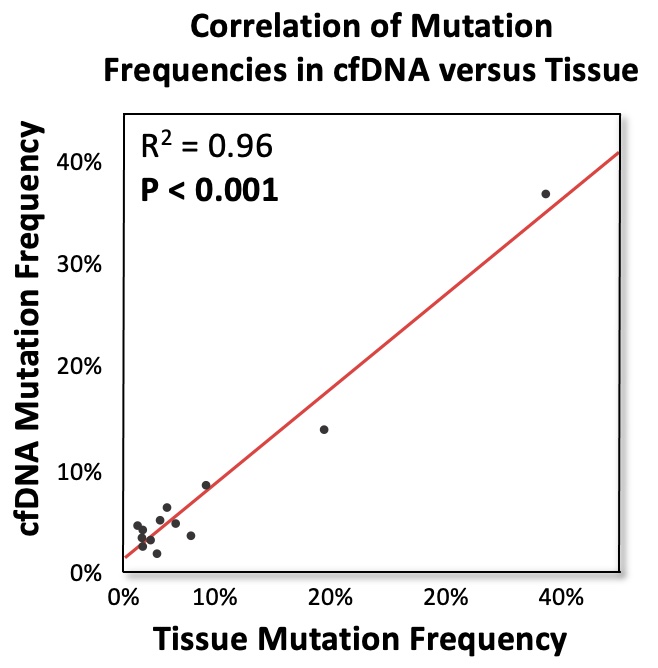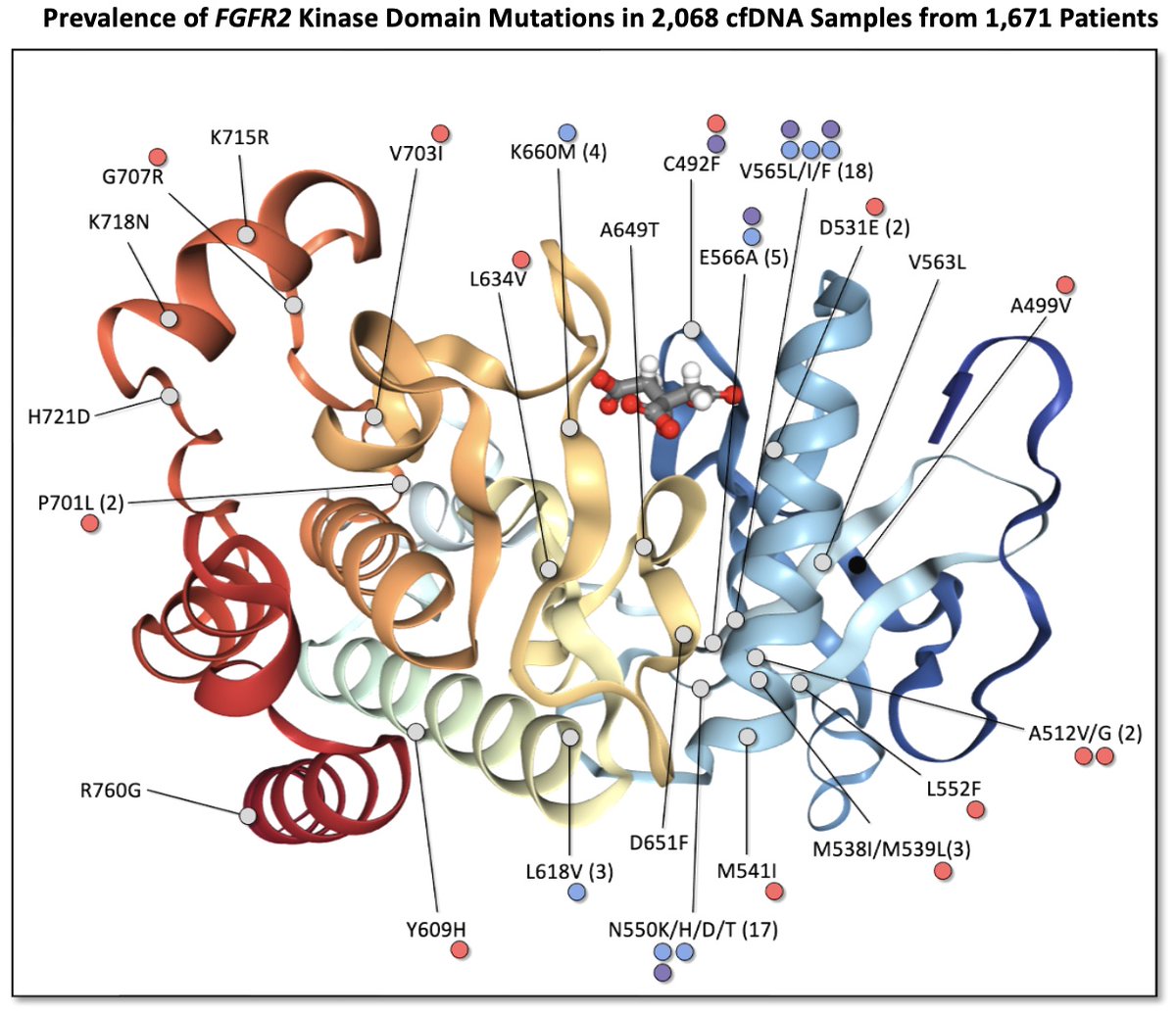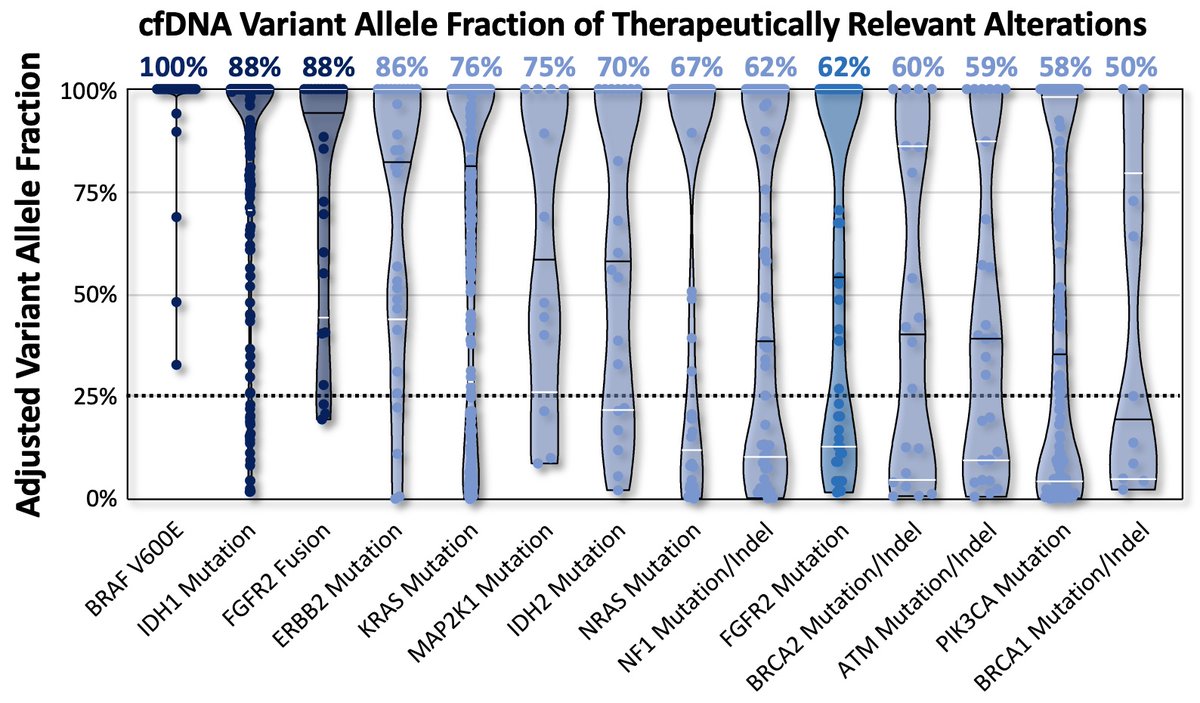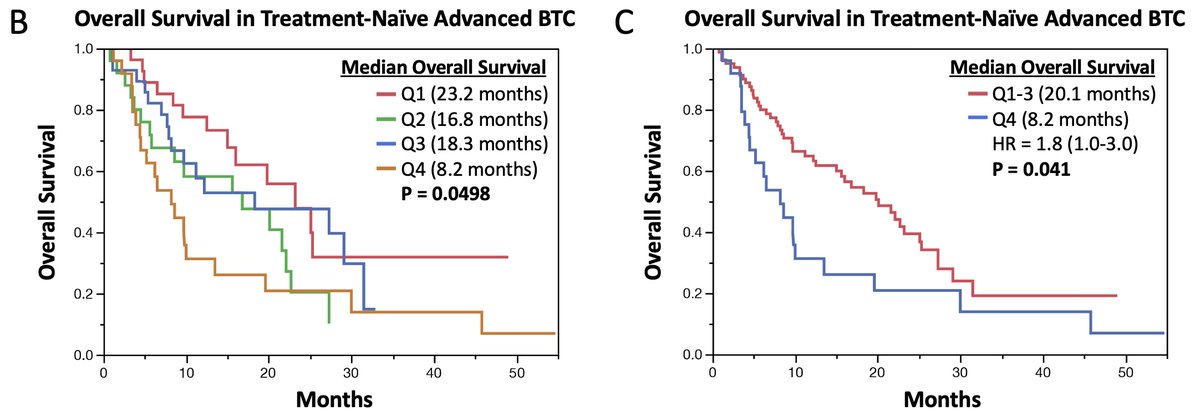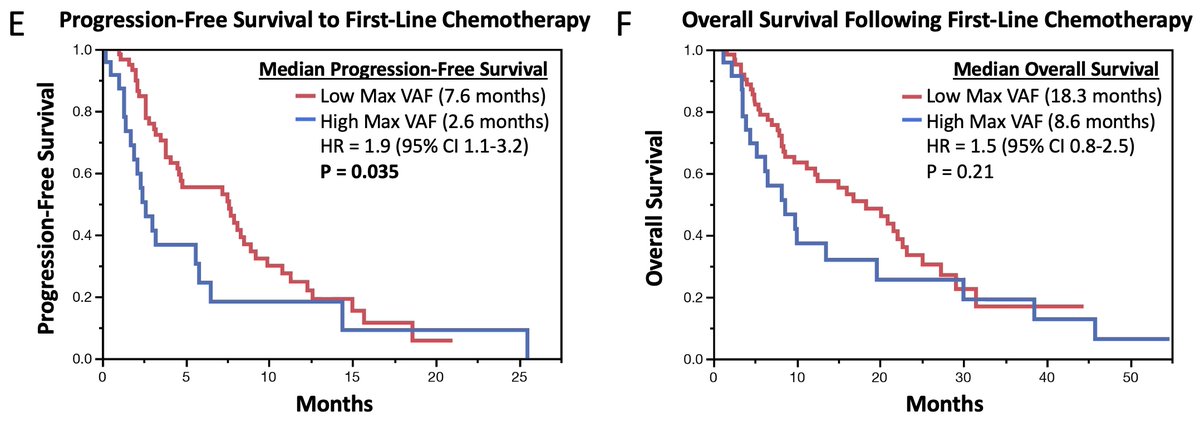
Jacob Berchuck
@jberchuck
Medical oncologist at @DanaFarber @HarvardMed focused on research and care for patients with genitourinary cancers. Husband | Dad | @LFC supporter.
27-04-2009 04:18:22
236 Tweets
831 Followers
585 Following











18/
👩⚕️👨⚕️This work would not have been possible without these wonderful collaborators at Mass General Cancer Center Mayo Clinic Siteman Cancer Center UCSF Helen Diller Family Comprehensive Cancer Ctr Gustave Roussy ➡️ @gioncdoc Rachna Shroff, MD, FASCO Daniel Catenacci Milind Javle Friboulet Luc Antoine Hollebecque Mitesh Borad, M.D. Aparna Raj Parikh Kabir Mody
